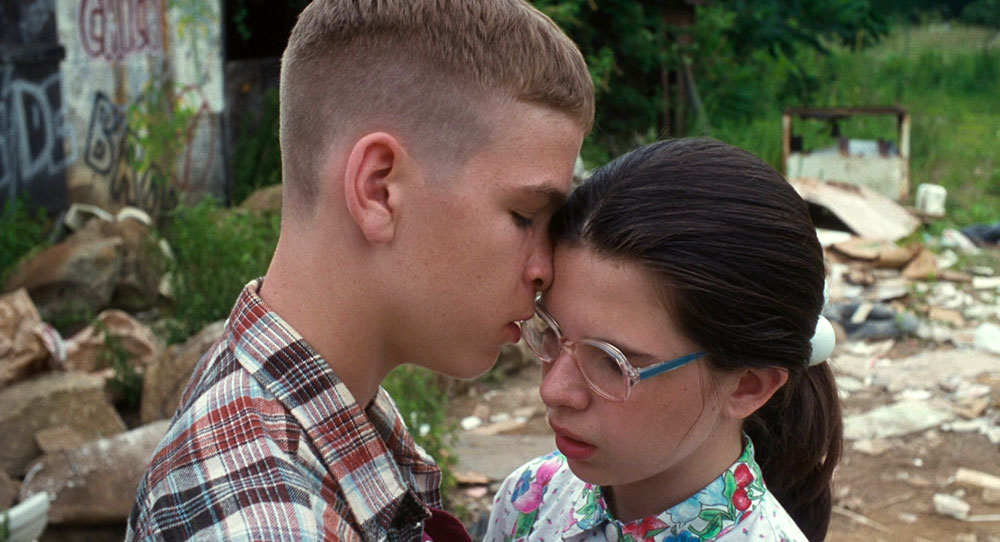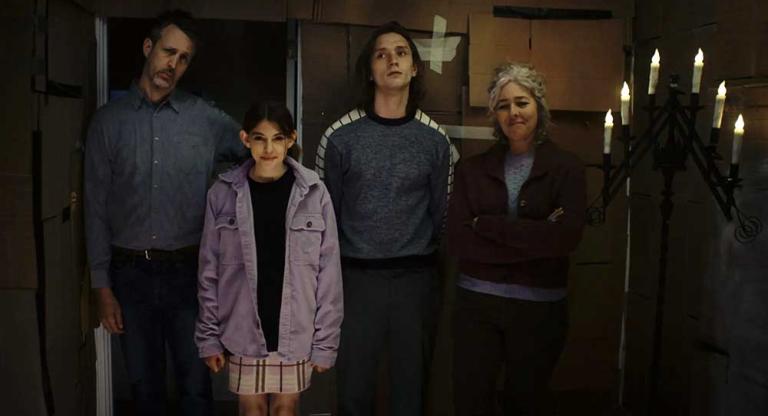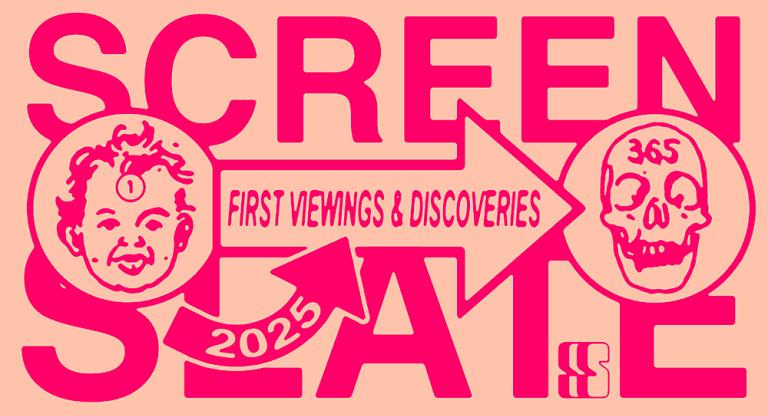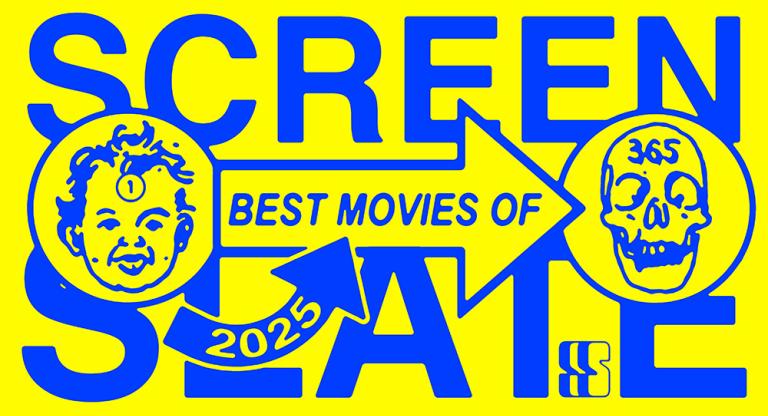In celebration of her second essay collection, Artless: Stories 2019–2023, Natasha Stagg has programmed a duet of films to screen at Metrograph, both of which she writes about in the book. Her first collection, Sleeveless, was a ground’s-eye view of the slow hollowing out of our culture, all of it: reality TV, fashion, marketing, parties; announcing the death of everything before the body even hit the floor. In her second collection, she continues her vivisection, mixing stories, reviews, and memoir into a concordance of our woes: Should I get off my phone? What was the Covid quarantine? What happened to relational aesthetics? Is New York, New York really Scorsese’s worst film? What does marketing mean, now?
What I admire most about Stagg’s writing is her willingness to indict herself in her own cultural diagnoses, lending a metatextual reading to any action she might take to promote her book, including launching it at Metrograph. However, through sheer clarity of mission, there was no sense of irony to the event. The films, though an odd pairing, are connected by virtue of having been written about, by artifice, by abuse, and by the search for freedom.
The first film is Welcome to the Dollhouse (1995), Todd Solondz’s American bildungsroman. Dawn (Heather Matarazzo) is 12 years old, shy, awkward, gangly, running the gamut of misfit characteristics. She is the middle child, between an equally nerdy and socially awkward older brother and a tutu-wearing dancer younger sister. Welcome to the Dollhouse is a movie filled with terrible, terrible people, whom Solondz counteracts with a dry soap style. The opening shot could’ve come right out of Ordinary People (1980): a slow zoom into a family portrait wall, zeroing in on Dawn. In the centerpiece of the film, a scene on which Stagg focuses in her book, Dawn is approached by the school bully, Brandon, after an altercation: “I’m going to rape you, three o’clock, be there.” Dawn and Brandon—who is revealed to be, as bullies often are, a product of abuse himself—enter into a romantic relationship.
Stagg writes in “The Dollhouse” about the parasocial relationship she entered into with the actor who plays Brandon, Brendan Sexton III. She begins with a rumination on cancel culture, wondering whether people are truly ever canceled, veering from the “Shitty Media Men” list to Tim Allen, anti-intellectualism, power dynamics in May-December relationships, Woody Allen, and finally to Sexton. Stagg embraces the complexities and nuances of our contemporary sexual mores: that abuse of power comes as no surprise, but that the nature of desire is more complex than much discourse allows for. She writes about the film: “I identified with the nerd at that age, having been thrown into a trite suburban landscape and desperate for a violent awakening.” Years later, as an adult, Stagg met Sexton, they dated for a few months, and after he broke it off, she realized that the crush she had on the character did not extend to the man who played him. At the conclusion of her essay, she writes, “ Perhaps, in this context, the story of an adolescent performance of masculinity meeting a misguided rape fantasy isn’t as heart-warming as it used to be, but it will always resonate with me since I am a product of my experience.”
Like Solondz, Stagg plumbs the depths of the darkness, the cruelty, and the self-destruction that exist in desire and in desperation. Nearly two-thirds of the way into the film we get a glimpse of Dawn’s glittery pink dollhouse, her escape from the world—the world where she fucks up: hawks spitballs in to the teacher’s eye, snitches and is punished, is perpetually ignored. In Solondz’s world, pedophiles always live next door, and you will never be understood, but there is still a chance of momentary connection with your tormentor.
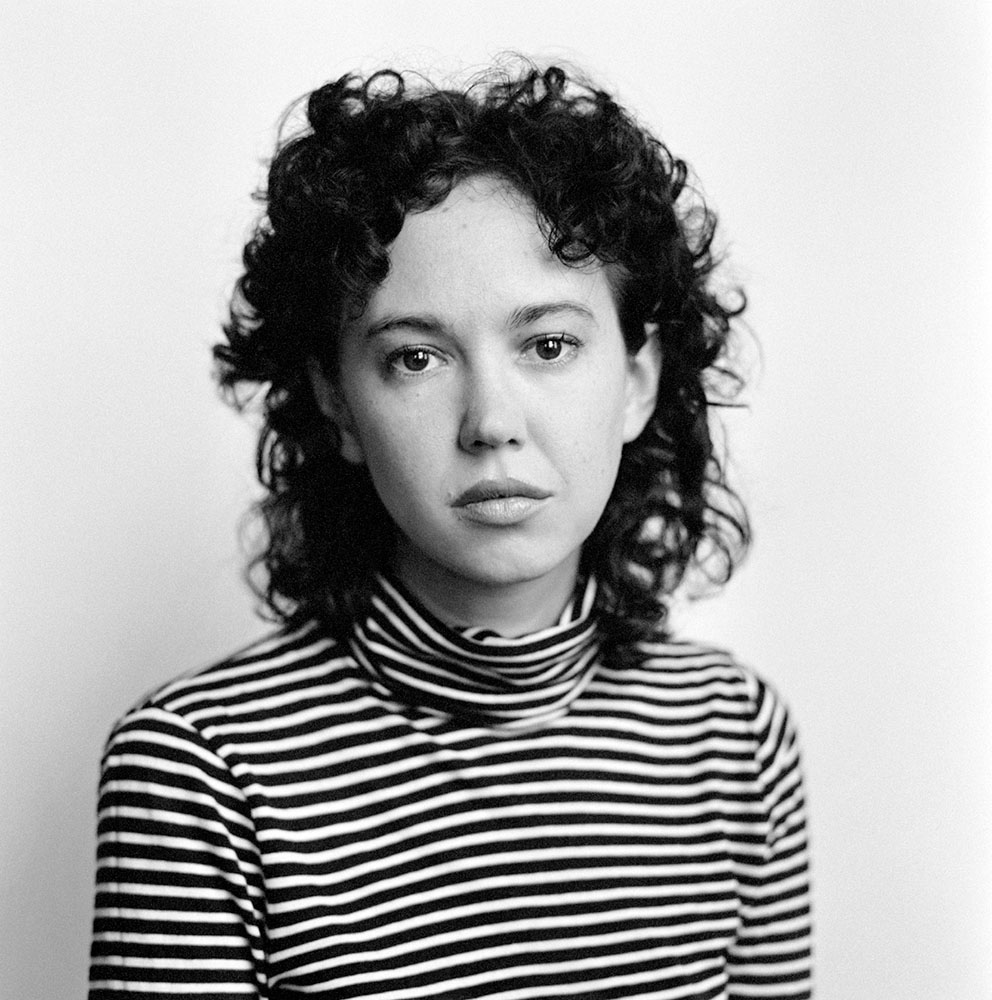
Between movies I approach Stagg in the lobby, where she has made herself available for book signings. I hand her my copy Sleeveless, which is tattered and worn, and tell her I am writing this piece, that I would like to ask her a few questions. She crosses her name out from the title page, writes it again, and writes her number beneath it. I promptly knock over my Boylan’s Birch Beer, which cascades into her martini glass, which falls onto the concrete floor, shattering. For a second I feel like Dawn: desperately grasping after my dignity, ashamed, like a child. Natasha handles it gracefully, as does Janique from Semiotext(e). As the theater employees rush to sweep up the glass I quickly say thank you and rush outside for a breath of fresh air before the next movie.
Martin Scorsese’s New York, New York (1977) is a movie I have always confused with Coppola’s One from the Heart (1981). They are both nostalgia-fueled fantasias and amours fous. It is an epic, resplendent parody/critique/homage of MGM musicals, specifically to those of his then girlfriend Liza Minelli’s father, Vincent Minelli. Like Welcome to the Dollhouse, New York, New York begins with a zoom, as Francine Evans (Minelli) tries to find Jimmy Doyle (Robert De Niro), the sax-playing pickup artist. He weaves through the crush on V-J Day in a neon camp shirt, and the restless camera finally settles on him, marking him with a large red neon arrow. He woos, or forces, Francine into dating him, and they tour the country in a big swing band, leaving behind whatever improvisational jazz Jimmy might’ve wanted to play. Francine gets pregnant, he abandons her and the baby, she makes it big, and so does he. In between he gets into fights with band members, strangers, and Francine, sealing within himself all of his self-loathing; but it’s still beautiful to see him let go on that sax.
Near the end, when Francine is being signed to a major record deal, she has that breathless look of an abusee, hoping that the deal does not set Jimmy off, which would only lead to more trouble. The final third of the picture is a film-within-a-film, Francine’s motion-picture breakthrough, which also functions as a Liza Minelli biopic. It is so long and engrossing I forgot which movie I was watching until the film shunts us into the future, where Francine is performing at a glitzy ball. Jimmy, after years of distance, shows up to watch her sing “New York, New York.” A song covered by Sinatra and played at ball games, distilled into a bland Horatio Alger back-slapper, is rendered here in heartbreaking ache and loss.
Why are we here (in New York City)? Why do people come here? To “make it”? Stagg writes about the film in her essay “New York, 2020”: “ It’s drug addiction, abusive relationships, social climbing, sealing in a wound, believing in a god that doesn’t exist, living a romantic life hopelessly.” Scorsese, through flawless imitation, peels back the scrim of classic musicals: the gnawing, aching need to achieve something, at any cost, with the person who must love you back or fear recrimination. That doublethink of “blind passion and wavering denial,” as Stagg writes of Francine, lets those small-town blues melt away.
